Listing them here would not be possible as they were so numerous and important.
The work is done in watercolor on paper, it is offered in a simple Museum frame under glass (totally invisible) which measures 47 cm by 40 cm and 33.5 cm by 25.5 cm on sight for the watercolor alone.
It represents a portrait of a young woman with expressive eyes, certainly a self-portrait of the young artist.
In excellent condition, it is signed at the bottom right middle.
A high-quality, delicate and intimate work that leaves no one indifferent.
Born to an Argentinian father and a mother from Trieste, raised in a very cultured bourgeois environment, she was "a pampered but impossible child, expelled from school and nourished by the treasures of the family library": her uncle Ernest Braun, recalls Valentina Zacca, "can be considered the Pygmalion of her artistic education. A man of great culture, he owned such a large number of books that he built a real library in his house where Eleonor tasted the philosophy of disguise and the intoxication of becoming and appearance preached by Friedrich Nietzsche. Viennese and Italian influences collide in Trieste and she thus acquires a cosmopolitan culture, bathes in the literary and intellectual avant-garde circles specific to the city and marked by the thought of Sigmund Freud, thus frequenting Gillo Dorfles, Umberto Saba, Italo Svevo and Roberto Bazlen, also taking an interest in the "flayed visions of Max Klinger or Gustav Klimt"2. Rejecting the legal studies that her family intended for her, she begins to paint at the age of fifteen, also taking drama classes for a short time. It is in her childhood that Leonor Fini draws the roots of her personality by evoking herself: "still a child, from one day to the next, I discovered the attraction of masks and costumes. Dressing up is the instrument to have the sensation of a change of dimension, species, space. Dressing up, disguising oneself is an act of creativity. And this applies to oneself who becomes other characters or one's own character. It is about inventing oneself, being transformed, being apparently as changeable and multiple as one can feel inside oneself. It is the excessive exteriorization of fantasies that one carries within oneself, it is a creative expression in its raw state." Generally said to be self-taught, Nadia Pastorcich nevertheless restores her as having been introduced very young into the world of Trieste artists, saying that she was a student of Edmondo Passauro (1893-1969) and citing among her very first paintings her portraits of the painters Carlo Sbisà (1899-1964) and Arturo Nathan (it) (1891-1944). She left her family at the age of 17 to settle in Milan, where her first solo exhibition was held in 1929, revealing a style of painting "binding itself to the austere discipline of Gothic art and the Italian Renaissance", thus moving towards classicism and tonal painting, following the example of Carlo Carrà. She worked with Achille Funi on the mosaic La Chevauchée des Amazones which was presented in 1933 at the 5th Triennale held at the Palazzo dell'Arte in Milan
Meeting the Surrealists
To join Prince Lorenzo Lanza del Vasto, brother of Giuseppe (author of Pèlerinage aux sources), whom she met in Milan and with whom she fell in love, Leonor Fini left Italy for Paris in 1931 on the same train as Filippo De Pisis who would introduce her to the salons of Robert de Montesquiou and Anna de Noailles and put her in touch with Jules Supervielle, Giorgio de Chirico, Max Jacob, André Breton and the Surrealists. She shared the life of Lorenzo Lanza del Vasto only briefly, separating from him in the spring of 1932 for André Pieyre de Mandiargues, with whom she moved, initially at 37, boulevard Saint-Germain where Henri Cartier-Bresson, a childhood friend of Mandiargues, also lived. All three visited northern Italy in the summer of 1932 and in 1933: she posed for the Nude whose face is not seen, photographed in the sea by Cartier-Bresson in 1932, while in another photograph by Cartier-Bresson, in 1933, André Pieyre de Mandiargues, from behind, seems to be copulating with her—whose face is still not seen—in the Mediterranean.
Leonor Fini's first solo exhibition in Paris was held in November-December 1932 at the Bonjean gallery, which was run in Paris by Christian Dior. The masterpiece was Le Travesti à l'oiseau, a portrait by André Pieyre de Mandiargues, with whom she moved to the Hôtel de Marle at 11, rue Payenne in 1935. He had a fleeting encounter in Paris with the Italian artist Fabrizio Clerici, at the end of the 1930s, at 34 rue de la Boétie at the Jacques Bonjean gallery, founded by their mutual friend Christian Dior. Bonjean, founded by their mutual friend Christian Dior. Dior had been Dior had been introduced to Clerici by the collector Jacques-Paul Bonjean, who had also introduced him to Fini. The collector Jacques-Paul Bonjean also introduced him to Fini; with her, they met again in Milan and then in Rome. Inspired by surrealist theories, she experimented with "automatic and metamorphic drawings". She became friends with Georges Bataille, Victor Brauner, Man Ray, Paul Éluard and Max Ernst - with whom she had a love affair - without ever joining the group, having no taste, according to her, for meetings or manifestos, which earned her the enmity of André Breton. Although she exhibited these drawings with the surrealists at the Les Quatre chemins gallery in Paris and at the New Burlington Galleries in London, she would explore alone a dreamlike universe featuring characters with closed eyes - most often women - or androgynous young people, languid in front of protective sphinxes, evolving or dreaming in an atmosphere of ceremonial celebration where eroticism flirts with cruelty. In her work, women are witches or priestess, beautiful and sovereign. The War Years
Leonor Fini's first solo American exhibition took place in February-March 1939 in the same Julien Levy Gallery in New York that, in 1936 during the artist's first trip to the United States, hosted her for a shared exhibition with Max Ernst.
The Second World War forced her away from Paris: she spent part of the summer of 1939 with Max Ernst and Leonora Carrington in their house in Saint-Martin-d'Ardèche, then lived for a few months in Arcachon with André Pieyre de Mandiargues. There they rubbed shoulders with Salvador Dalí and his wife Gala, then she settled in Monte Carlo in 1940, beginning to paint the portraits that would constitute an important part of her work for more than twenty years, with those of Jacques Audiberti, Jean Genet, Anna Magnani, Valentina Cortese, Enrico Colombotto Rosso (it), Mona von Bismarck, Maria Félix, Maria Casarès, Suzanne Flon, Alida Valli, Margot Fonteyn, Silvia Monfort, Meret Oppenheim, Eddy Brofferio, Jean Schlumberger, Marcel Jouhandeau, Jacques Dufilho, Roger Peyrefitte, Hector Bianciotti, Klaus Mann, Alberto Moravia, Luchino Visconti. On a dance floor in Monte Carlo, she met the Italian diplomat Stanislao Lepri (1905-1980) who immediately became her companion, whom she painted and with whom she moved to Rome, where she became part of the entourage of Elsa Morante, Alberto Moravia, Federico Fellini and the latter's assistant, Pier Paolo Pasolini.
Leonor Fini's first bibliophilic contributions date from this Monegasque and Roman period, just as her very first creations of sets and costumes were intended for four plays produced at the Teatro Quirino in Rome. She would not stop exploring these two worlds of prints on the one hand, and theatre, ballet and opera on the other, after the Liberation and her return to Paris.
The rise
Many poets, writers, painters and critics will devote monographs, essays, exhibition prefaces or poems to her, including Jean Cocteau, Giorgio De Chirico, Paul Eluard, Max Ernst, Alberto Moravia… Although sometimes critically, writers or painters such as Ivan Chtcheglov, Roger Langlais or Jacques Moreau known as Le Maréchal are interested in some of her works, in particular her fantastic landscapes. Stanislao Lepri, whom she encouraged to paint, joined her in Paris in 1950. Roger Peyrefitte recalls his meeting in 1951 with the Polish writer Constantin Jelenski, claiming to be at the origin: "it was I who was, without wanting to be, the architect of this meeting. I had met this boy in Rome and then, still in Rome, I introduced him to Leonor and there they were united for life".
Leonor Fini often stayed away from the world, but not without festivities: the great costume balls of the years 1946-1953, where her appearances "as a royal owl, a gray feline or the queen of hell" were spectacular, made her a media personality, earning her among other things in December 1948 the cover of the American magazine This Week where she was photographed wearing an owl mask. Her name was noted on September 3, 1951, alongside those of Jean Cocteau, Christian Dior, Orson Welles, Salvador and Gala Dalí, Barbara Hutton, Alexis de Redé, the Aga Khan and of the Marquis of Cuevas, among the 1,500 guests of Charles de Beistegui at the legendary "Ball of the Century" at the Palazzo Labia in Venice. She explains: "dressing up, dressing up is an act of creativity. And this applies to oneself who becomes other characters or one's own character. It's about inventing oneself, being transformed, being apparently as changeable and multiple as one can feel inside oneself. It's the excessive exteriorization of fantasies that one carries within oneself, it's a creative expression in its raw state." However, she took refuge in her homes in Seine-et-Marne, Corsica, the Saint-François convent near Nonza, which she discovered in 1956, where she settled and where she then returned to paint every summer), Loir-et-Cher (the property of Saint-Dyé-sur-Loire, which she acquired in 1972), and was also received by Lise Deharme in Montfort-en-Chalosse.
At the San Francescu convent, she appreciated this place far from everything, subject to storms, without electricity or running water. The artist invited Italian and French friends for morbid parties and celebrations. Indeed, she reserved the right to pose naked on the altars or surrounded by human skulls recovered from the graves.
Moving to 8, rue La Vrillière in 1960, she shared her life and studio with Stanislao Lepri and Constantin Jelenski, in a three-way relationship that would last their entire lives. Leonor Fini then painted a lot, a large part of each of her days finding her in front of her easel, to paradoxically only present to the public a very small number of paintings each year, at the same time as she invested heavily in bibliophily through engraving and lithography. From 1950 to 1995, her pictorial creation is segmented into different themes or periods: Les gardiennes and L'époque minéral (1950-1960), Les grands chapeaus de claire, Les trains, Les belles dames sans merci (1960-1970), Les jeux de vertige and Les cérémonies (1970-1980), the so-called "nocturnal" period, Les fables, Les passagers and Les somnambules (1980-1995). But she also worships cats and it is not without lyricism that she confides in her about their permanent presence in her life: "like these baroque statues that represent the Egyptian river invaded by putti, its confluences, I have the privilege, as soon as I lie down, of becoming the Nile of cats." She thus produced numerous paintings, drawings, watercolours and prints in homage to cats, even publishing in 1977 a book entirely devoted to her passion for felines, Miroir des chats, where she confirmed: "I paint the faces of cats like those of humans, without boring them by making them pose. And they are my favourite form".
Jacques Busse and Christophe Dorny, analyzing the entire work, see how to link it incontestably and integrally to surrealism, against the artist's disavowal of it: "whatever or whoever she paints, it is always the reflection of the deepest part of herself that she watches there, eager and anxious for this questioning of the mirror that tracks her when she thinks she is fleeing it", Leonor Fini herself confiding for her part that "the important thing is the loss of consciousness, the happy shipwreck of oneself. The back and forth of a swing begins with euphoria and laughter to become absence and vertigo, hence the difficulty of stopping it: the attraction of the void". In her last years, she remained very close to her artist friends; One of those who remained close to her from 1979 was the Italian artist Eros Renzetti, who frequented her regularly with Fabrizio Clerici.
Leonor Fini died on January 18, 1996 in a hospital in the suburbs of Paris, without ever having stopped painting and writing, making the final request to her heirs to sell her apartment only after the death of the last of her 17 cats: "after her, they lived a peaceful existence in the setting where they had been happy in the company of the one who knew so well how to immortalize them". In its obituary, The Times then evokes "her physical beauty, her erotic art and her legions of lovers whose names read like a roll call of the literary and artistic talents of this brilliant era". She rests with Stanislao Lepri and Constantin Jelenski in the cemetery of Saint-Dyé-sur-Loire.
His painted, engraved or lithographed works, his personal or group exhibitions both in France and abroad, his writings, his sets, his collaborations in cinema, theater decoration, design, his illustrations and bibliophilic contributions etc. are so numerous that it is impossible to talk about them here, the best being to consult the internet.


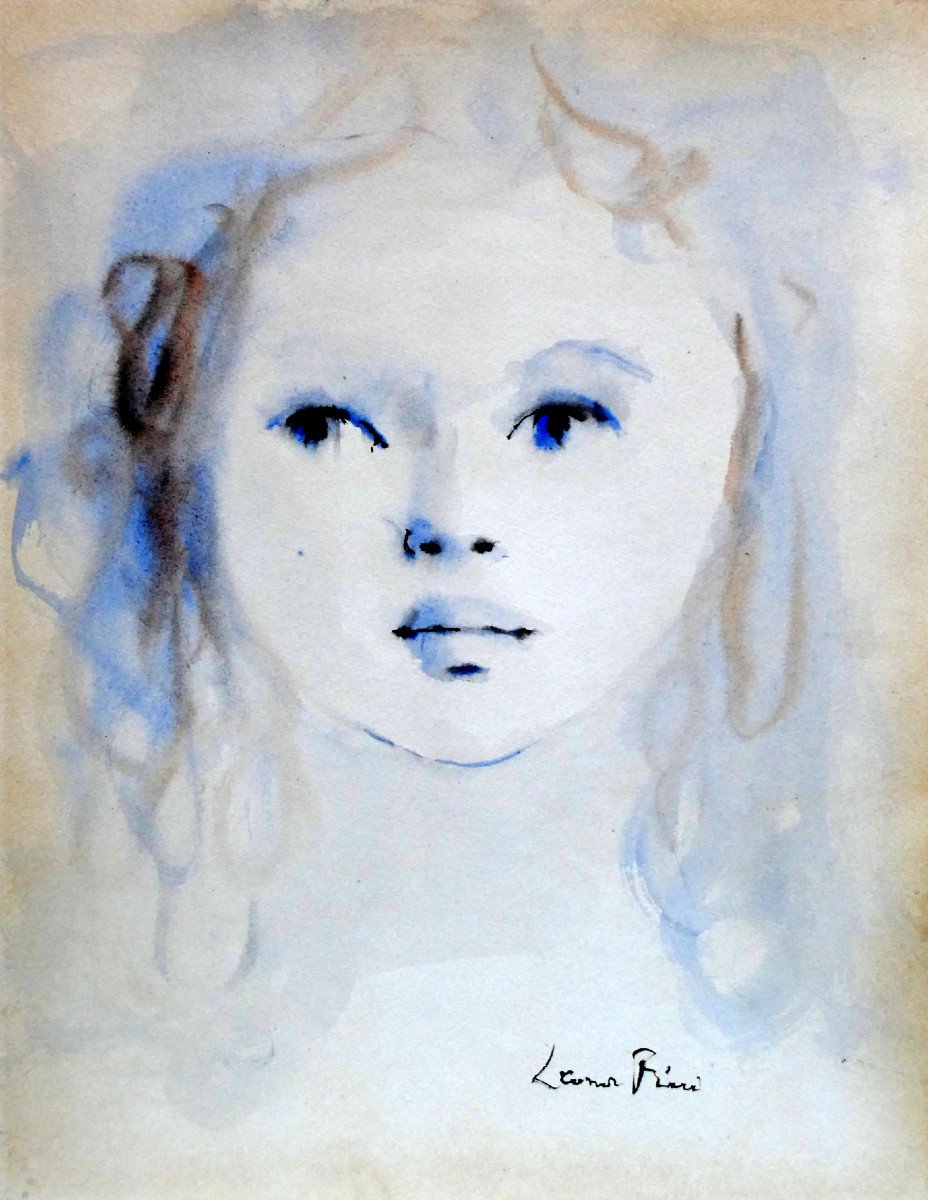





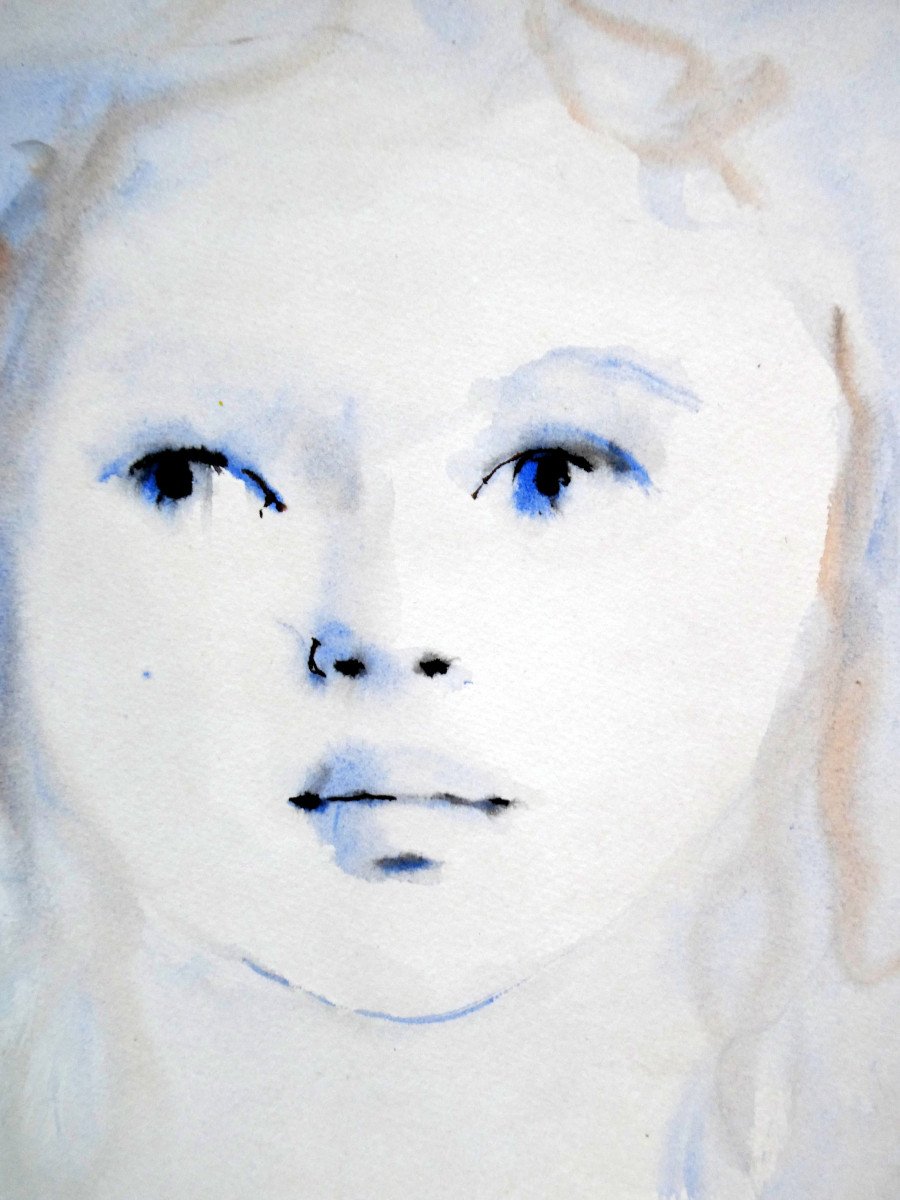














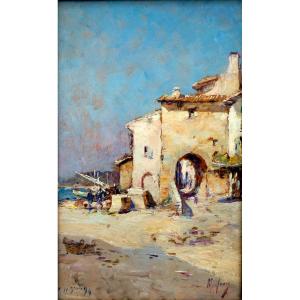

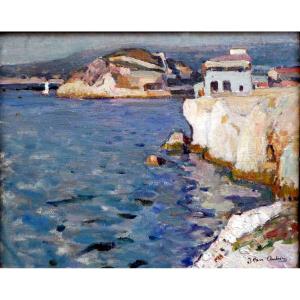

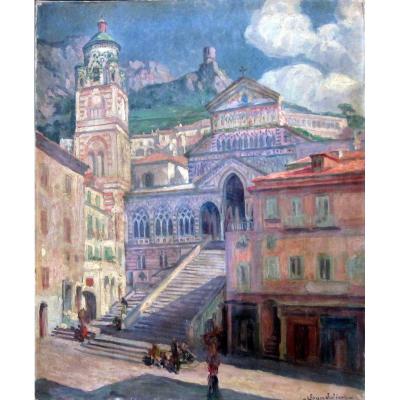

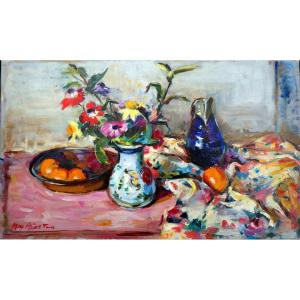

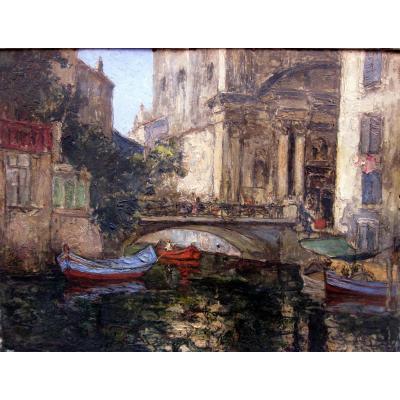
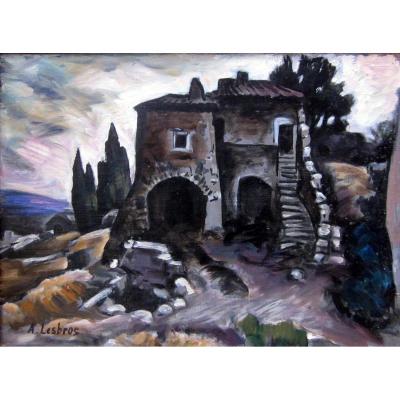

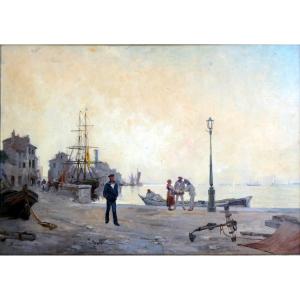

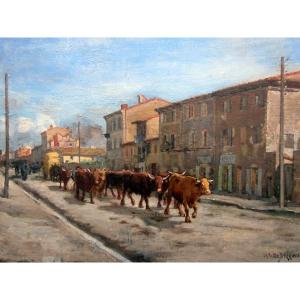


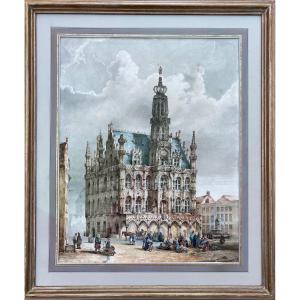
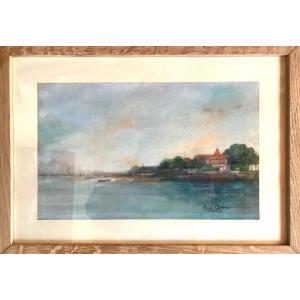
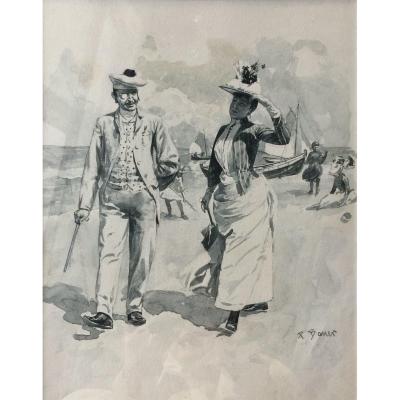
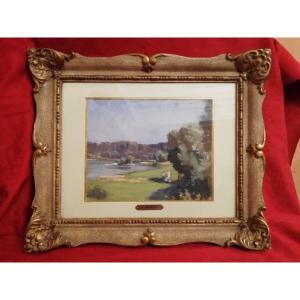



 Le Magazine de PROANTIC
Le Magazine de PROANTIC TRÉSORS Magazine
TRÉSORS Magazine Rivista Artiquariato
Rivista Artiquariato